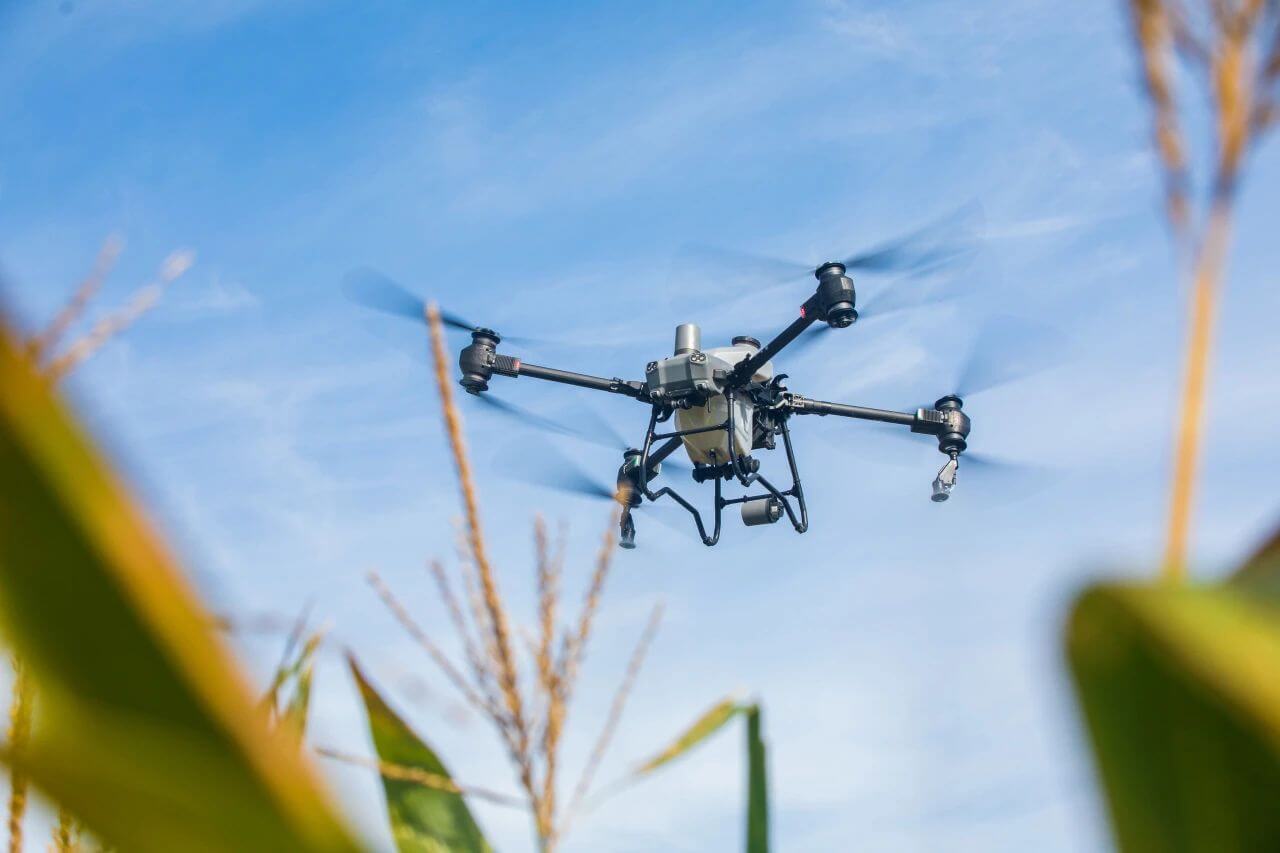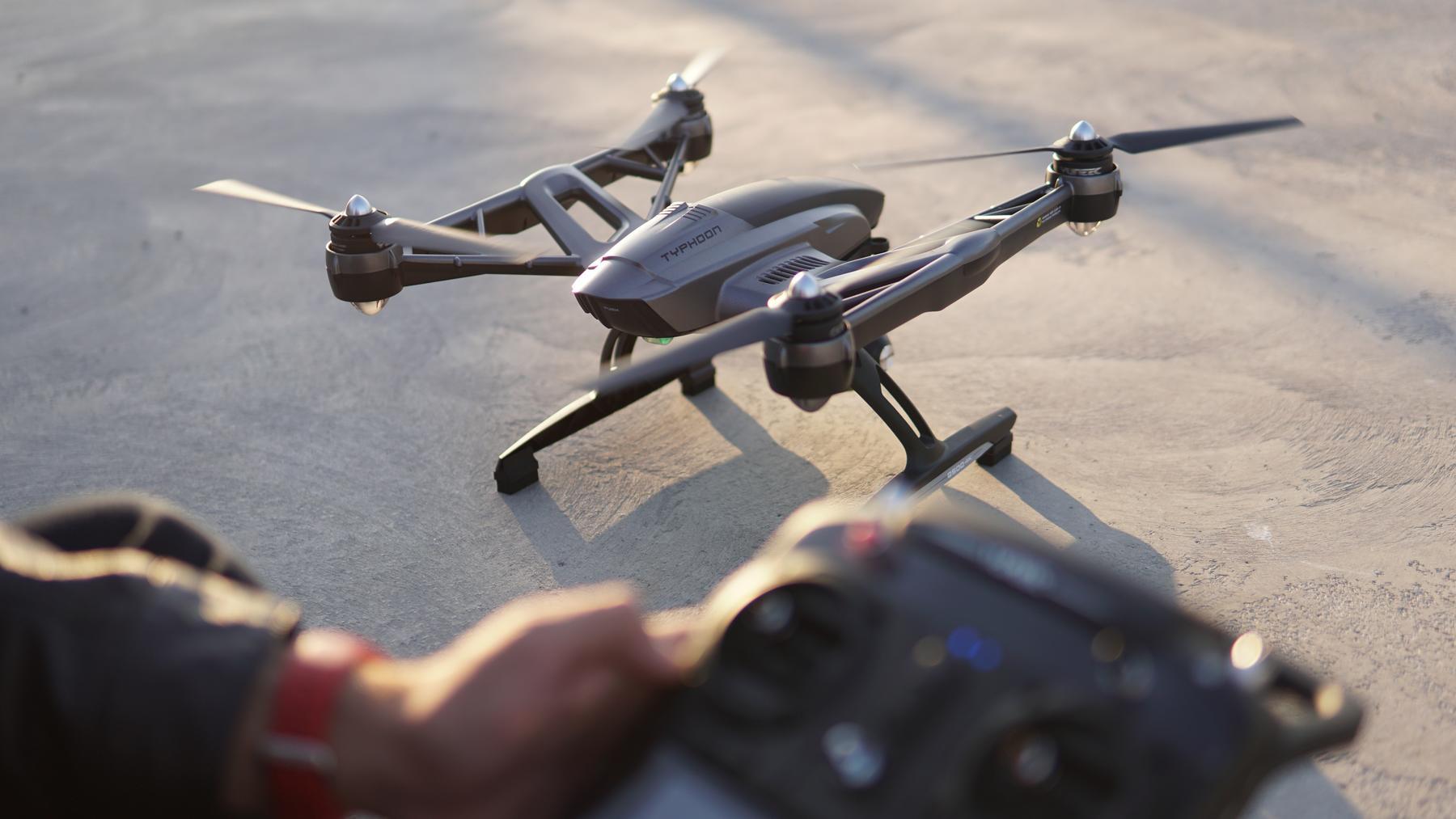Understand Your Drone Battery
Firstly, it’s crucial to familiarize yourself with the type of battery used in your drone. Most drones utilize lithium-polymer (LiPo) batteries due to their lightweight nature and high energy storage capabilities. However, these batteries require careful handling to maintain their efficiency and lifespan.
Storage Conditions
When not in use, drone batteries should be stored in a cool and dry environment. Extreme temperatures can significantly impact a battery’s health, reducing its capacity over time. Ideally, you should store your batteries at a temperature range between 20°C and 25°C (68°F and 77°F). Additionally, consider using a battery storage bag for added safety.
Proper Charging Practices
Proper charging practices are vital for extending your drone battery life. Always use the charger supplied with your drone, as different chargers may output varying voltages and currents, which can damage the battery. Don’t fully deplete your battery before recharging; instead, aim to keep the charge between 20% to 80% for optimal battery health.
Avoid Overloading the Drone
Every additional gram on your drone affects its flight time. Avoid overloading your drone with unnecessary accessories or equipment that can lead to quicker battery drain. This careful management ensures longer flights and less strain on the battery.
Software and Firmware Updates
Manufacturers regularly release software and firmware updates that can enhance your drone’s performance and optimize battery usage. Keeping your drone updated ensures you’re utilizing these improvements designed to extend battery life.
Flight Planning
Strategic flight planning can help manage battery usage effectively. Plan routes that are streamlined and efficient rather than spontaneous explorations that may require sudden course corrections and waste energy. Familiarize yourself with your drone’s GPS and planning tools to ensure maximum flight efficiency and battery conservation.
Weather Conditions
The weather plays a significant role in drone battery performance. Avoid flying in windy conditions, which force the drone motors to work harder, consequently draining the battery faster. Similarly, high humidity or rain can damage electrical components and shorten the drone’s operational life.
Regular Battery Maintenance
Inspect your drone battery regularly for any signs of swelling, leakage, or damage. Any abnormalities should be addressed immediately, as they can pose serious safety hazards if ignored. Keeping track of your battery’s charge cycles can also be beneficial to ascertain its remaining lifespan.
FAQ
- Why is my drone battery dying so quickly?
- Several factors may contribute to rapid battery drainage, including overloading, suboptimal flying conditions, and incorrect charging practices. Ensuring proper maintenance and handling can mitigate these issues.
- Can I use any charger for my drone battery?
- No, always use the charger provided by the manufacturer. Using other chargers with different voltage outputs may harm the battery or even render it unusable.
- How do I know when my drone battery needs replacing?
- A drone battery nearing the end of its life will show reduced performance, such as shorter flight times and difficulty holding charge. Consult the manufacturer’s guidelines for specific indicators.



